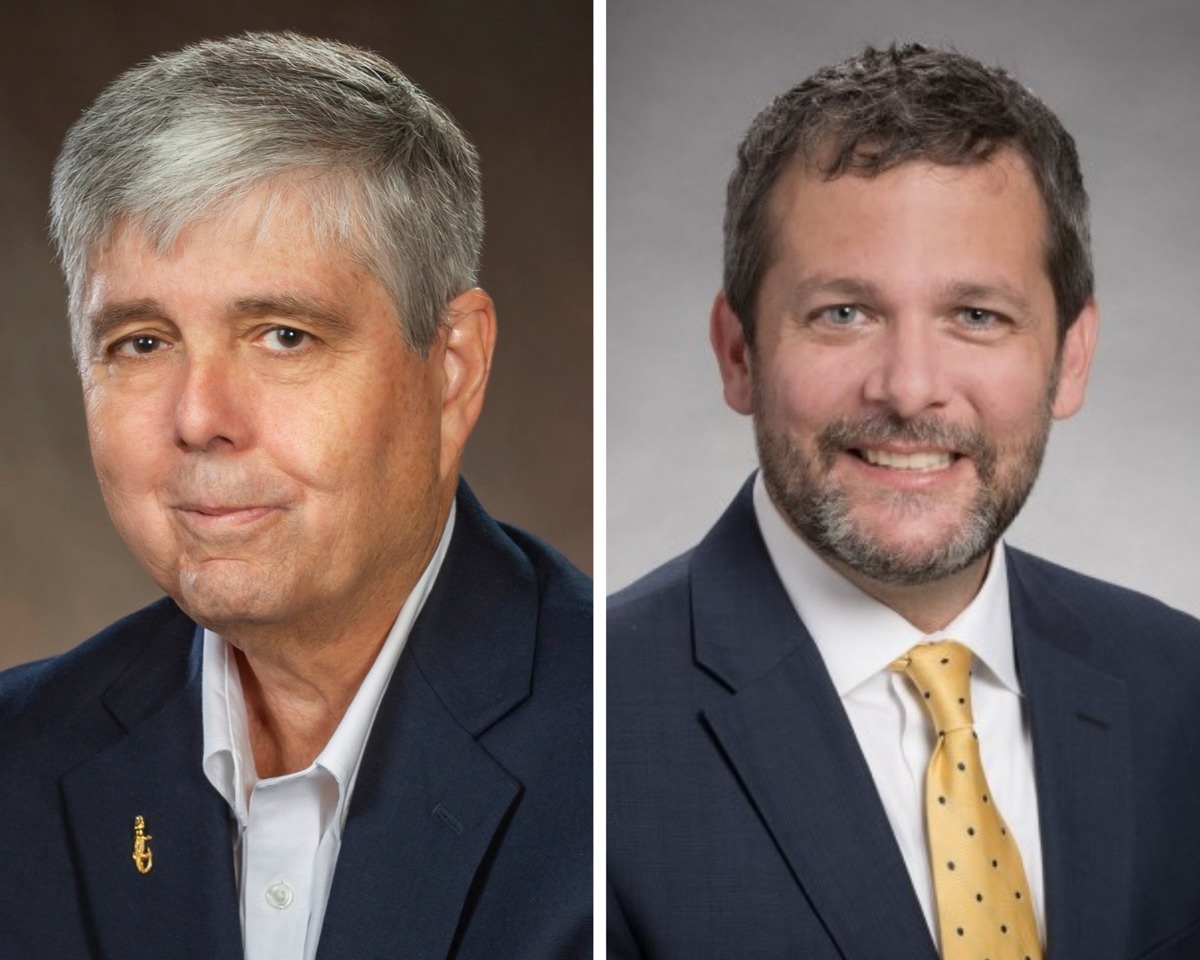Sepsis is like the final buzzer in medicine, where seconds can make the difference between life and death in critical care treatment.
 Lyle L. Moldawer, Scott Brakenridge. Image Credit: University of Florida Health
Lyle L. Moldawer, Scott Brakenridge. Image Credit: University of Florida Health
According to the Centers for Disease Control and Prevention, sepsis affects at least 1.7 million adults in the US annually. The body’s heightened response to infection is known as sepsis, resulting in widespread inflammation and organ failure. Traditionally, it has been up to the clinician’s judgment and sepsis treatment expertise to determine which patients are more at risk.
A diagnostic tool developed and used by scientists at the University of Florida may predict a patient’s risk of getting sepsis and the severity of the condition as early as 12 hours after being admitted to the hospital.
The study, published on Tuesday in JAMA Network Open, evaluates and defines the tool that depends on an algorithm that supports practitioners in rapidly discerning which patients are most at risk.
There is no consistent way of recognizing and triaging critically ill patients when they’re admitted to the ICU. While this may not pose problem at large academic institutions with dedicated specialists, it can be harder for places where tertiary care is less developed.
Lyle L. Moldawer, PhD, Director, Sepsis and Critical Illness Research Center
Dr. Moldawer was also the emeritus director of the UF Laboratory of Inflammation Biology and Surgical Science.
If sepsis is not rapidly diagnosed and treated, septic shock develops, which leads to multiple organ failures and death.
Only 50% of sepsis survivors will make a full recovery. According to the WHO, the remaining 50% will either pass away within a year or suffer from long-term disability.
The likelihood of a full recovery increases with early sepsis detection. According to Moldawer, quick identification and early intervention are the key to treating it.
“The worst thing you can do is have a patient sit in the ICU for 72 hours or even 96 hours without an intervention,” he said.
Clinicians who care for critically ill patients, according to Moldawer, must address two issues. Will the patient have a challenging clinical course that calls for more forceful interventions and supervision? If that is the case, how can one decide on the kind of treatment best suited for them specifically?
Sepsis is a very heterogeneous disease. People’s immune systems react in different ways to infection and display different levels of illness. In fact, one of the main reasons that finding effective therapeutics to treat sepsis has been so challenging is due to this variation among patients.
Scott Brakenridge, Study First Author and Trauma Surgeon, University Of Washington
Sepsis causes a wide range of physiological reactions. A minor urinary tract infection can cause septic shock—after receiving antibiotics—the patient is released three days later. A different patient with the same diagnosis may follow a considerably more complicated clinical course because of factors including age, disease history, and comorbidities.
By using this tool, physicians may personalize patients’ care to their unique needs and the medications to which they will respond best before it is too late. This tool also gives a precision medicine approach.
“Some critically ill patients have an exaggerated inflammatory response and would benefit from steroids or anti-inflammatories,” Moldawer said. “Others may have a tendency toward immune suppression, and require a different approach.”
The algorithm scientists created represents a case in which technology can more accurately identify how a patient’s genetic makeup can affect and how they respond to treatment plans. It has more than halved the time it takes doctors to obtain the information they require to make choices before it is too late.
“There will be genomic diagnostic devices that we’ll be able to use right at the bedside in the hospital very soon,” Brakenridge said. “This is really the first time that we’ve been able to move genomic technology to a point-of-care application and take something very exciting at the scientific bench, translate it into a highly insightful biologic metric, and see it used in patients.”
Now, researchers expect to pursue their mission to integrate sepsis study into precision medicine.
In many ways, the past decade has been spent trying to personalize approaches to how we treat and respond to sepsis. It’s a great feeling to see it coming together, and even better knowing we’re just getting started.
Lyle L. Moldawer, PhD, Director, Sepsis and Critical Illness Research Center